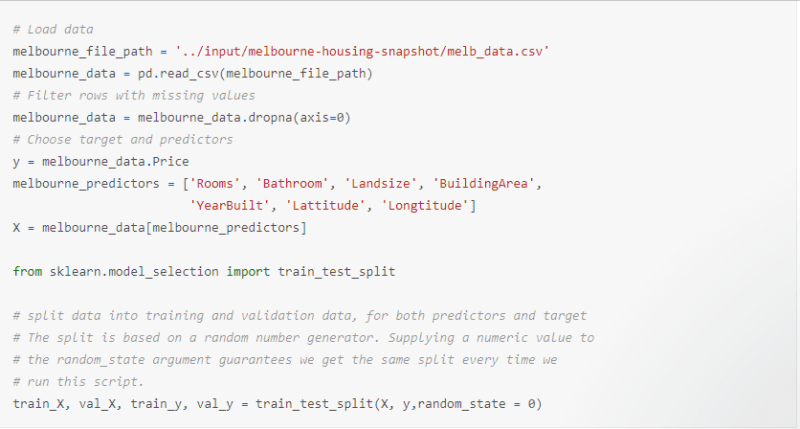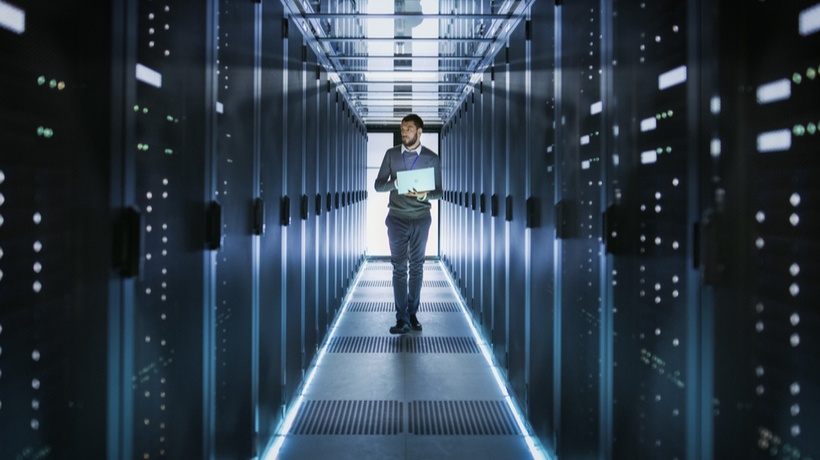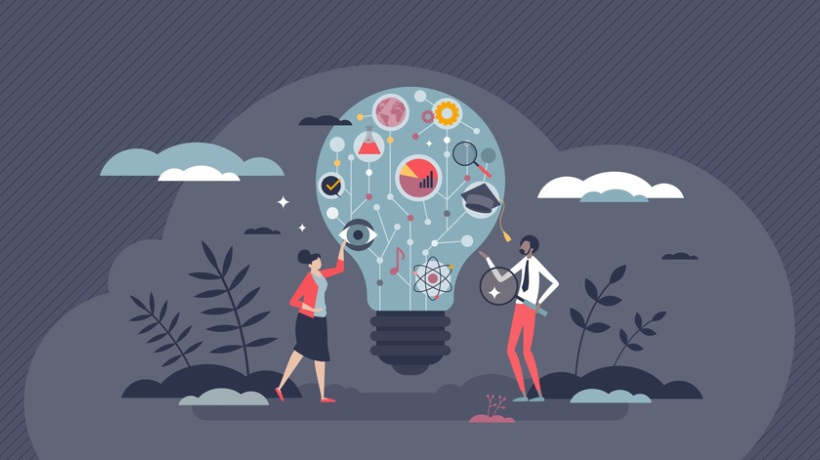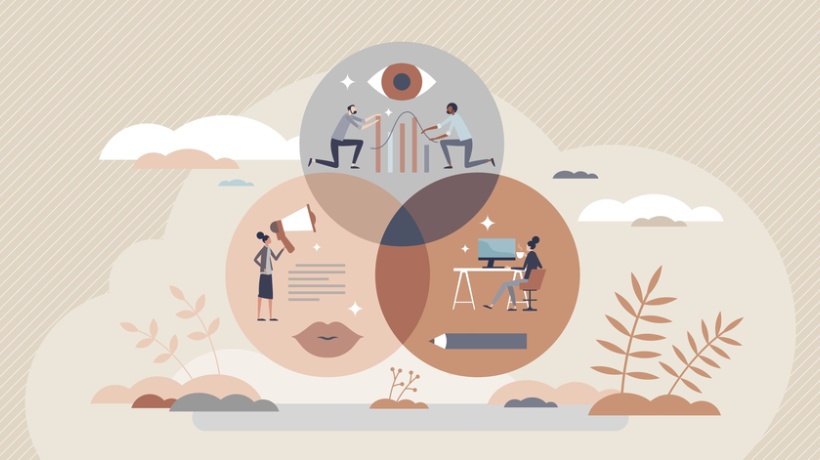Data Literacy: How It Benefits Learning And Development
Artificial Intelligence, robotics, and automation are no longer theoretical conference topics for geeks only. According to the Deloitte's 2018 Global Human Capital Trends survey [1]: Advances in Artificial Intelligence (AI) and new communications technologies are fundamentally changing how work gets done, who does it, and how it influences society.
Are We Being Replaced By Artificial Intelligence (AI) And Robots?
As the world is rapidly changing around us, Learning and Development can't stay on the sideline. I blogged about Machine Learning (ML), a subset of AI, three years ago at the eLearning Guild's DevLearn conference, as an emerging topic in L&D. While ML seemed a new topic for L&D, it's not new to the world. It was 25 years ago when I built an artificial neural network for my thesis using machine learning. Machine learning has been with us for decades. It's not new. What's new is the perfect storm: Big Data, powerful computers, and ubiquitous digital footprint. Scalability! Three years passed, and now, according to the same Human Capital Trends survey, "it is simultaneously one of IT’s hottest areas—and a source of tremendous anxiety about potential job losses".
The promise (and certainly hope) of AI is that it's not replacing humans but it is augmenting them. However, how we work is fundamentally changing with the advancement of technology. Therefore, sitting on the sideline and waiting to be augmented might not be the best strategy.
Instructional Design is about writing content. Machines don't write.
In 2008, the International Conference on Computer Science and Software Engineering accepted the paper "Towards the Simulation of E-commerce" and invited its author to chair a session. This paper was ‘written’ by SCIgen, a program from the MIT Computer Science and Artificial Intelligence Lab that "generates random Computer Science research papers". And that was ten years ago. [2]
Okay, but I'm not a scientist. What can I do as an L&D professional?
Data: The New Plastics
We must learn how to work with data by raising our data literacy. As H.O. Maycotte points out in his article: "data literacy is the ability to gain meaningful insights from data. However, with the exception of data scientists, most of us today are woefully data illiterate". [3] One of the driving forces behind AI, machine learning, Adaptive Learning, even workforce automation today is Big Data:
"Umbel’s Digital Genome alone collects, analyzes, and visualizes 18,446,744,073,709,600,000 data points per person in less than one second. That’s 18 billion, billion—a tough number to even process, let alone find insights within it, and then take action based on those findings. The ability, or ease, to do so is what is called data literacy. It affects us all, and will be the most important driver of business success over the next decades."
Anything without data is just an opinion. We need to raise our data literacy level as data is fundamental for measurement. And in the business world, on page one, everything starts with measurement, not with learning objectives.
Let's Do Hands-On Machine Learning!
If you're ready for a deep dive into the magic of data and machine learning, one of the best places to explore is kaggle. Kaggle has data sets ready for you to play with. On the side, you'll find an amazing variety of open data to work with: credit card transaction information to detect fraud, the Simpsons characters data, over 100,000 article headlines, flight information, even games! Game plays are uploaded by various players, so you can analyze strategies and beat your friends!
You can use any of the open data sets to analyze and find insights. You can then share those insights with others, including the code you run and models you built. You may not be at that level yet, so the best place to start the exploration is the learning section.
Learning Pandas
As a new practitioner, I would suggest heading towards the Learn section. There are several tracks such as Machine Learning, Data Visualization, Deep Learning, etc. I tested the Machine Learning track. A data scientist walks you through, step-by-step, what it means to use machine learning to predict house prices in the future. And it's not a passive learning experience! You actually code and run models, check your prediction error, validate and optimize your models.
You might even end up in a random forest with Pandas! (And if you find this sentence funny, you're on the right track!)
The good thing about dealing with data is that there are multitudes of libraries already created to execute common tasks for you. It's not like the old days of BASIC where you faced an empty screen and wrote your first line of code.

# Mind Shift
While this exploration may give a glimpse of the potential power of L&D using and analyzing data, it is also a reminder that you need the right amount, and the right type of data. Collecting data such as course completion, time spent in courses, even completion scores may not provide anything useful, other than a pretty annual report. Instead of generating reports in silos, find where the data is. Find the data that the business is using to make decisions. Getting outside of the L&D bubble starts with a mind shift, not a technology shift. It starts with coffee conversations with stakeholders about what keeps them up, and how we can help solve problems. Data and measurement might be the new plastics that can help us move from training order-takers to problem solvers. And again, before every workplace learning professional starts throwing rocks at me, this is not new. Just like machine learning, it's been with us for decades: everything starts with measurement, and there's no measurement without data (including quantitative and qualitative).
Conclusion
Data is the new plastics! Love it or hate it, data will determine how we get things done, who does what and when. The more you know about how to work with data, the more likely your job will not be replaced by a robot who does this extremely well!
One word: data!
References:
1. 2018 Global Human Capital Trends
2. The Second Machine Age: Work, Progress, and Prosperity in a Time of Brilliant Technologies by Erik Brynjolfsson and Andrew McAfee
3. Data Literacy -- What It Is And Why None of Us Have It







